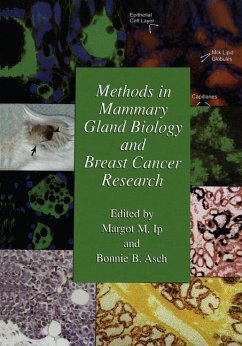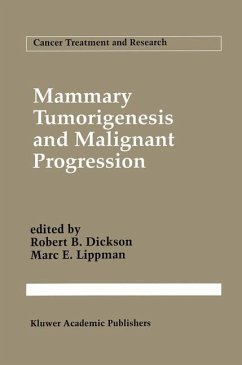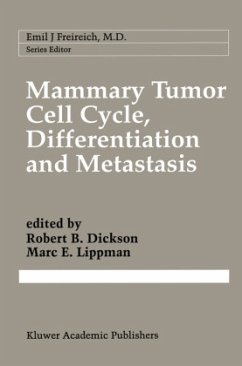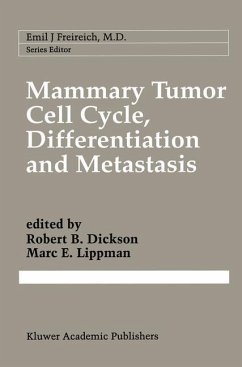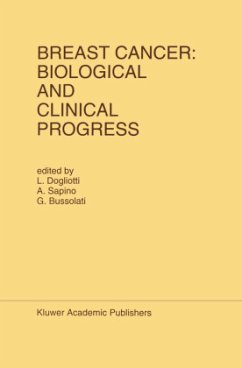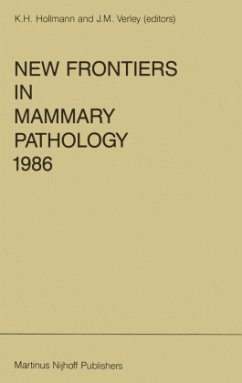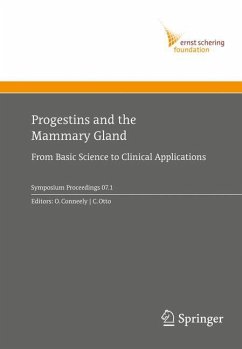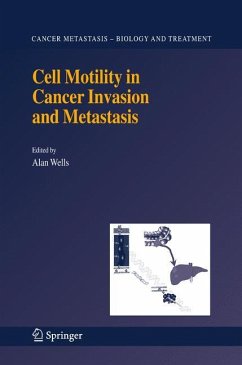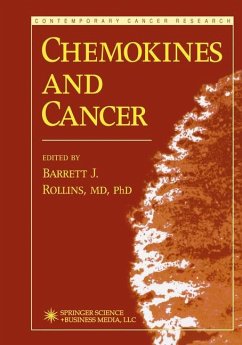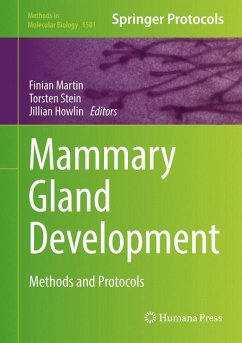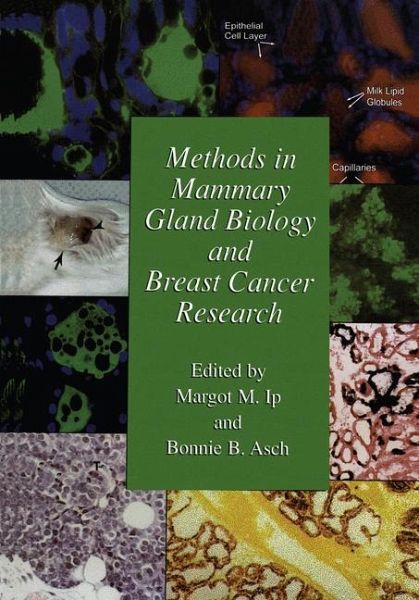
Methods in Mammary Gland Biology and Breast Cancer Research

PAYBACK Punkte
76 °P sammeln!
approaches to the experimental problems that still face us in understanding this most fascinating of organs. Too many people contributed to the completion of this volume to allow acknowledg ment of all the individual efforts, but we particularly thank the reviewers whose input into the editorial process was invaluable and the authors of these chapters who revised their text, sometimes more than once, to bring it to the high standards set by the Editors. The Com mittee gratefully acknowledges the support ofVysis, Inc. , in the publication of a color figure in Chapter 19, by S. Weber-Hall and Tr...
approaches to the experimental problems that still face us in understanding this most fascinating of organs. Too many people contributed to the completion of this volume to allow acknowledg ment of all the individual efforts, but we particularly thank the reviewers whose input into the editorial process was invaluable and the authors of these chapters who revised their text, sometimes more than once, to bring it to the high standards set by the Editors. The Com mittee gratefully acknowledges the support ofVysis, Inc. , in the publication of a color figure in Chapter 19, by S. Weber-Hall and Trevor Dale. Finally, we wish to express our heartfelt appreciation to Margot Ip and Bonnie Asch, who worked long and hard to bring this volume to fruition. Margaret C. Neville for the Committee on Mammary Gland Biology Preface One of the most exciting and beneficial developments in research on mammary gland biology and breast cancer has been the influx of increased funding to support this work. This influx, which has been due primarily to the tireless efforts of breast cancer activists to gamer addi tional money from various federal and state sources, has led to a rapid expansion of research efforts by attracting numerous new investigators into the field. These new investigators include students, postdoctoral fellows, and scientists from other fields.



